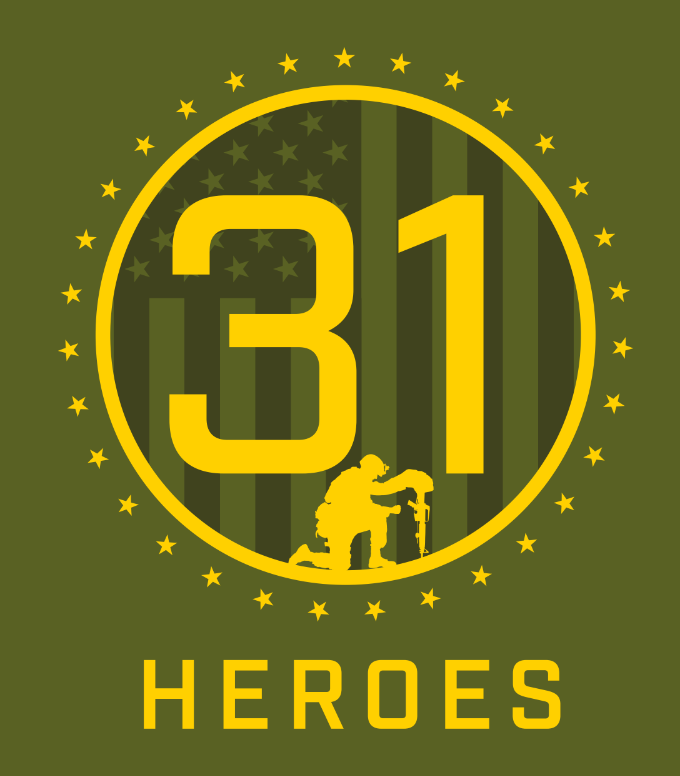Goalie Saves
The most important job for the goalie is to save the ball. The first thing that a coach has to do is get his goalie to see the ball. Many young goalies move too soon. As a coach, you can distinguish many of your goalies’ bad habits by faking shots at them during warm-ups.
The ideal goalie does not flinch or move when a shot is faked at him because he is waiting for the ball to be released and then reacts. Many young goalies give away their tendencies when a shot is faked. Some have a “false step” to either the left or right. This means that no matter where the ball is going, on every shot they take a step in either direction before they react to the ball. Another bad tendency that young goalies have is that they drop their stick as the shooter winds up. Finally, many goalies fall forward as the shooter winds up and gets themselves off balance. All of these bad habits take away from their reaction times and keep them from saving the ball.
Stepping to the Ball
Stepping to the ball has long been thought of as the most important skill to teach goalies. Does a baseball player ever move toward the ball when he is trying to make contact? No. Does a tennis player ever run forward as he is hitting the ball? Not unless he has to.
If the ball is coming right at him, then he can simply make a stick save. If the ball is going to one side or the other of the goalie, then he can take a horizontal step to get his body across. The traditional way of thinking teaches goalies to get their body behind the ball in case they miss it with their stick. This new way of thinking makes goalies learn to get their stick on the ball as much as possible.
The goalie draws an imaginary square around himself in his stance. If the ball is shot directly inside that square that he is in, then he just reacts with his stick. If it is outside of that square, then he steps horizontally. To step to one side, he wants to push off his back foot as if he were ice skating. So if he is stepping to his left, he wants to push off and explode off his right foot. To go to the right, he explodes off his left foot. This is much more efficient and powerful than stepping with one foot and dragging the other one across. To know which way he has to step, the goalie wants to draw a line down the middle of his body. If the ball goes to the left of that line, he wants to step to his left. If the ball is to the right of the imaginary line, he wants to step to his right.
The movement of the stick is based on where the ball is shot. If the ball is shot stick-side high, then the goalie simply keeps his stick up and catches the ball. Surprisingly, this is a tough shot for goalies because they tend to drop their sticks as the shooter winds up. If the ball is shot off-stick-side high, then the goalie brings his top hand over his bottom hand to get his stick head across. Young goalies should first learn to catch passes to off-stick-side high. Young goalies tend to “stab” their sticks at the ball on this shot. Remind them to keep their stick head flat on the pane of glass in front of them and catch the ball like an egg.
On the stick-side hip, they just lower the head of their stick to their hip to catch the ball. On the off-stick-side hip, they bring their stick across their body by dropping the stick head to their hip and then getting it across. Due to the distance of this movement, this is the hardest shot for goalies at all levels to save. On stick-side low shots, they drop the head of their stick and try to get it perpendicular to the ground. On off-stick-side low shots, goalies do the same thing, only they have to get their stick to the other side of their feet. On all low shots, it is ideal to have your stick perpendicular and stabbed into the ground, so the ball does not get underneath the head of the stick.
